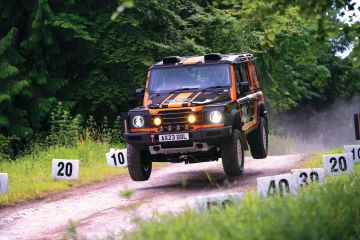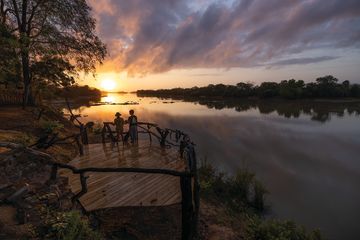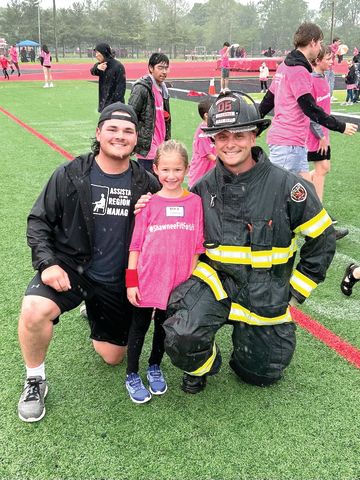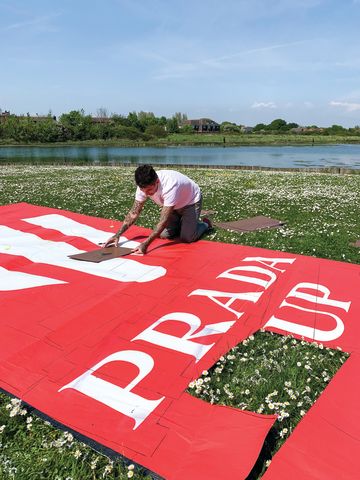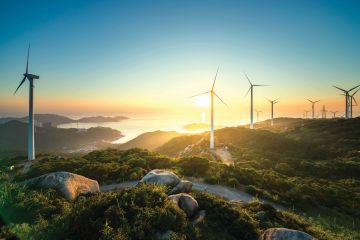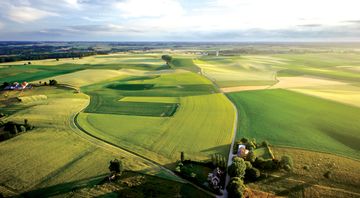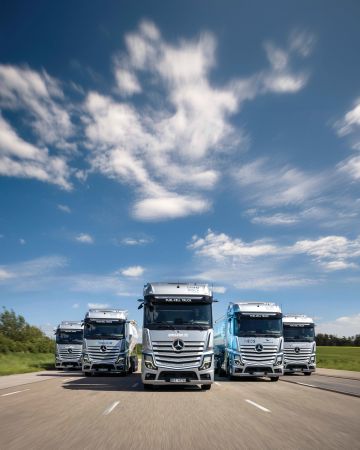THE day of reckoning is looming for INEOS Britannia. By late October, the Challenger of Record for the 37th America’s Cup will know whether it has won the most coveted sailing trophy in the world for the first time in its 173-year history.
Not to get ahead of ourselves, though, there is a lot to do to even get to the challenge.
“Winning the America’s Cup is one of the toughest things you can do in sport and that’s the motivation for us as a team,” said Sir Ben Ainslie, who is hoping to lead his team to victory this summer. “We know it is going to be an incredibly tough challenge, but it is one that we are up for.”
Last time the battleground was the inner Hauraki Gulf off Auckland in New Zealand. This time it is the Mediterranean, off the coast of Barcelona.
“We have a very different boat to last time,” said Sir Ben.
Sir Ben, a four-time Olympic gold medallist, was speaking after INEOS Britannia’s bold, new 75ft race boat was officially christened and set sail for the very first time. “After years of design and development, it felt amazing to be out on the water and put all of our learnings into practice,” he said.
Britannia is the result of INEOS’ collaboration with the Mercedes-AMG Petronas Formula One Team, who helped to design and develop the 6.2-tonne race yacht in an aircraft hangar at Turweston Airfield in Brackley, Northamptonshire.
“It’s hard to explain just how complex these boats are,” said Sir Ben. “We have got over 100,000 components that are all individually modelled and manufactured. It’s like Formula One on steroids when you look at the technical challenge.”
The boat was initially built at Carrington Boats in Hythe, Hampshire, before undergoing structural and load testing at Turweston.
Martin Fischer is chief designer at INEOS Britannia. “I’m a strong believer that looking at a problem from different perspectives can lead to new and potentially better solutions,” he said.
“Working in Brackley together with the Mercedes F1 Team sparked extremely fruitful discussions between race yacht and race car designers and has led to a yacht that has surprised observers with her look and will hopefully also positively surprise on the racecourse.”
INEOS Britannia has also sought advice from other elite teams within INEOS Sport, including the INEOS Grenadiers Cycling Team, who have been training the eight cycling sailors – cyclors – for much of the past two years in preparation for the Cup.
Four of those ‘cyclors’ are former Olympic rowers and three of them had never been on a foiling race boat before until its official launch.
Matt Gotrel and Freddie Carr are among the cyclors. Matt won gold with the GB men’s rowing eight at Rio in 2016; Freddie has been involved in the America’s Cup for the past 20 years when boats typically hit speeds of 10mph.
“Today they are flying above the water at more than 60mph,” he said.
With the competition due to start on August 22, all focus is now on testing Britannia’s capabilities before the Barcelona Preliminary Regatta, which will see all six AC75s racing for the first time. The five challenger teams will then battle it out for The Louis Vuitton Cup and the right to take on defenders Emirates Team New Zealand.
“The challenge ahead is immense and one that I know the team will face with grit and determination,” said INEOS Chairman Sir Jim Ratcliffe.
The America’s Cup dates back to 1851 when Britain challenged America to a 51-mile race around the Isle of Wight. Britain lost that race and, despite numerous attempts, has never won
it since.
For the British team, which now numbers more than 200, it is that chance to make history that keeps their spirits alive.
“This is the best British sailing boat that has ever been built,” said Freddie. “It makes the rockets that land on the Moon look basic. It is a work of art.”
